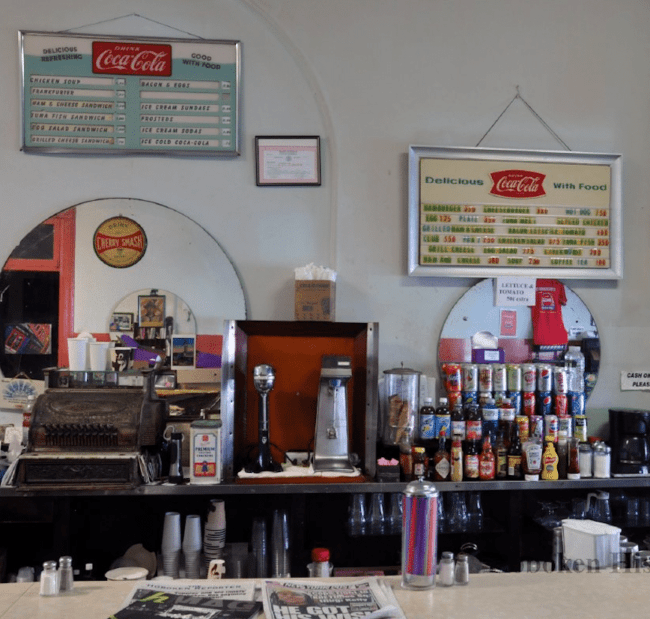We are thrilled to kick off our collaboration with the Hoboken Historical Museum honoring a Hoboken classic, although no longer operating, the legacy of Schnackenberg’s will always be a part of the Mile Square’s fabric. Twice a month, we will be publishing historical articles written by Melissa Abernathy, the Hoboken Historical Museum Communications Manager that will highlight people in the community, historical architecture, and more.
Before the Mile Square City was blanketed with Starbucks, Dunkin’ Donuts, and of course a myriad of hand-crafted local coffee shops, Hobokenites gathered in ice cream parlors and luncheonettes for a quick pick-me-up or to catch up with friends.
Our favorite beverages might have changed over the past century, but there’s a familiar echo in the recollections of Betty Silvani, who worked as a young girl at her parents’ luncheonette, Schnackenberg’s, located in uptown Hoboken at 1110 Washington Street {which is now Alfalfa}: “Mostly they came in just to have a coke. But never a plain coke. You had a vanilla coke, a chocolate coke, a cherry coke, a lemon coke…It was an unusual person who had a plain coke.”
Sounds familiar to anyone with a latte habit, that’s for sure.
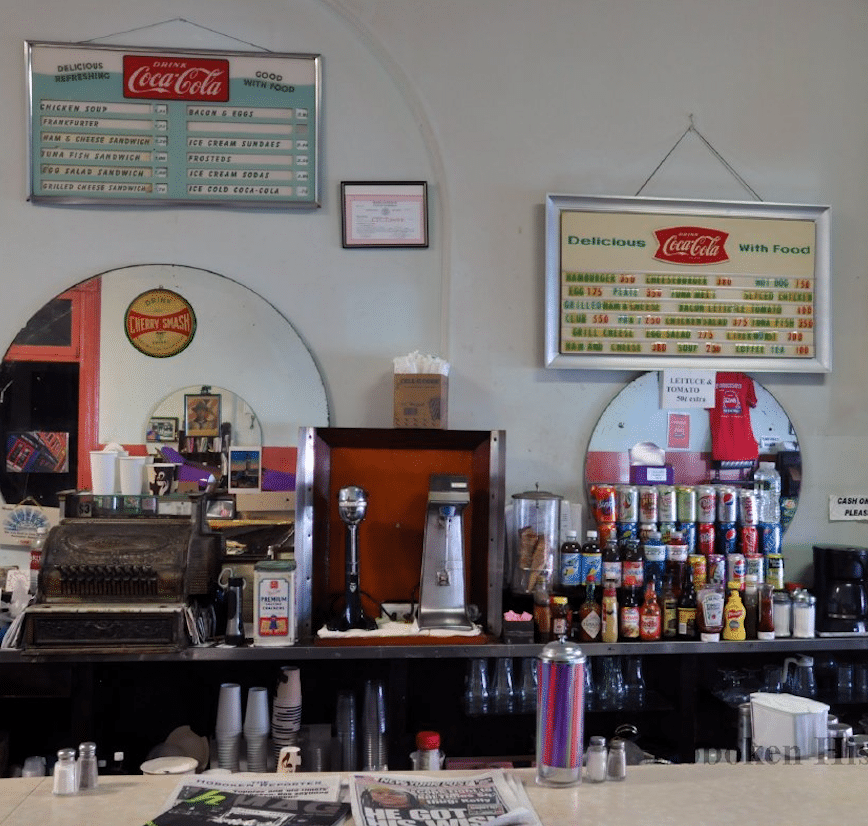
Betty Silvani was interviewed in 2001 by Arlene Silver as part of the Hoboken Historical Museum’s oral history chapbook series, “Vanishing Hoboken.” Coincidentally, 2001 was the year the Hoboken Museum opened its doors in its new space in the Shipyard, just two blocks away. At the time, Schnackenberg’s luncheonette looked very much the same as it did when it was first opened in 1931. Stepping inside the luncheonette was like stepping into a time capsule.
Her parents, Dora and Henry Schnackenberg were from Germany, “around Bremen,” she recalls, “and they came here in the ’20s. 1924, 1925, somewhere thereabouts,” Betty shared. “My mother worked as a mother’s helper, then she met my father. They married in 1930. He was an apprentice at an ice cream parlor in Jersey City.”
Read More: Hoboken Legend Maria Pepe: The First Girl to Play Little League Baseball
After they were married, she explained: “the opportunity came up for them…to buy this place because it was in bankruptcy. So they bought it. When we were in grammar school, it was during the war, and it was busy at lunchtime because there was a lot of industry around—the shipyards, Maxwell House. The industry that was here was in this neighborhood.”
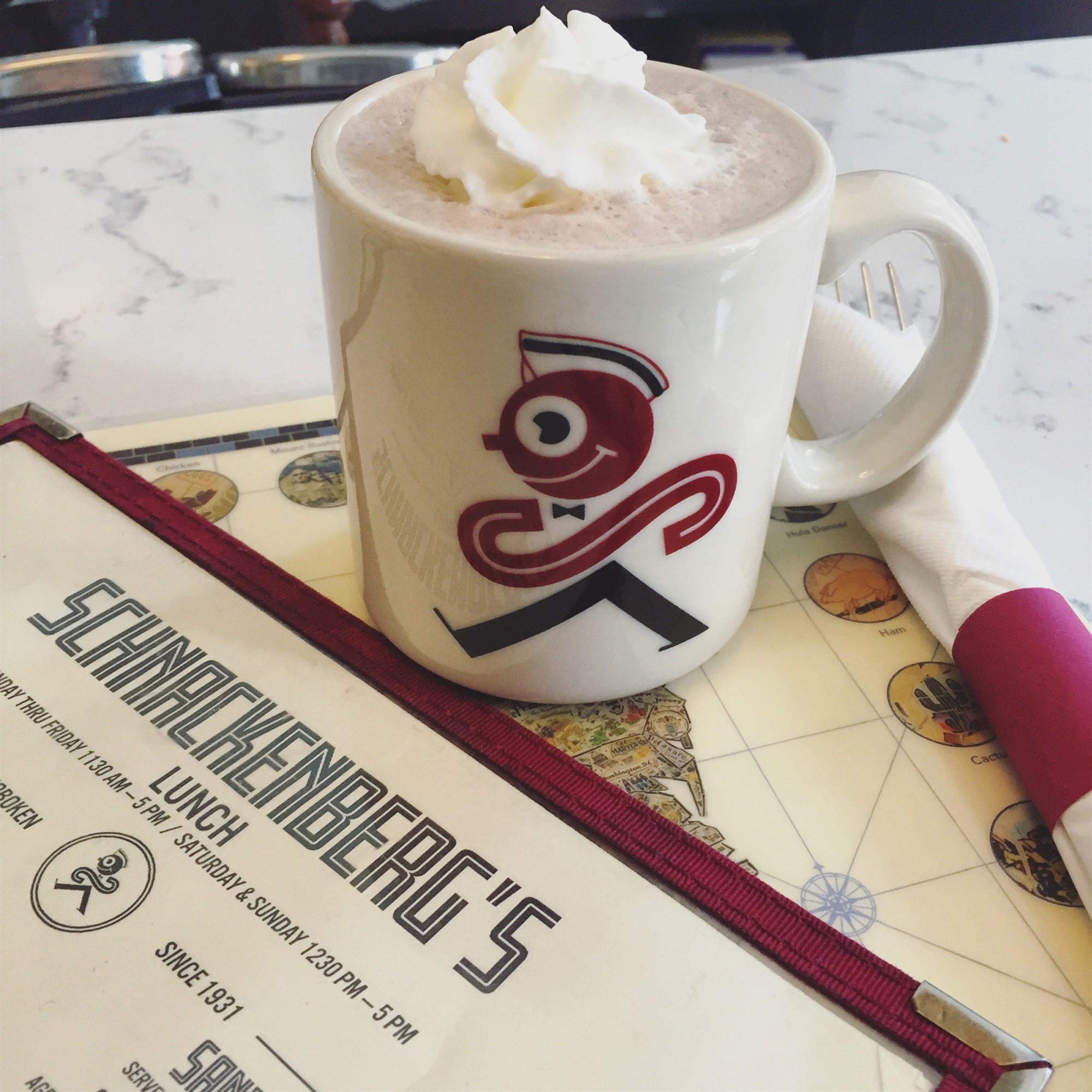
Very few ‘Mom and Pop’ businesses survive as long as Schnackenberg’s, which endured 81 years under family management until it changed hands in 2012, when it was renovated and reopened under the same name by Joyce and Eugene Flinn, also former owners of the Elysian Cafe and Amanda’s in uptown Hoboken. Though it closed for good in 2019, the iconic Coca-Cola soda fountain sign above the entrance still marks the spot at 1110 Washington Street, now a specialty salad space known as Alfalfa’s.
In the chapbook, Betty recalled the hard work of growing up in a family-owned business: “My sister’s [Dorothy’s] job, when we were home for lunch, was to do any frying that had to be done — fry the bacon or the eggs or whatever. And my job, I could not go back to school until I dried all the dishes. At lunchtime, in those years, it was very busy.”
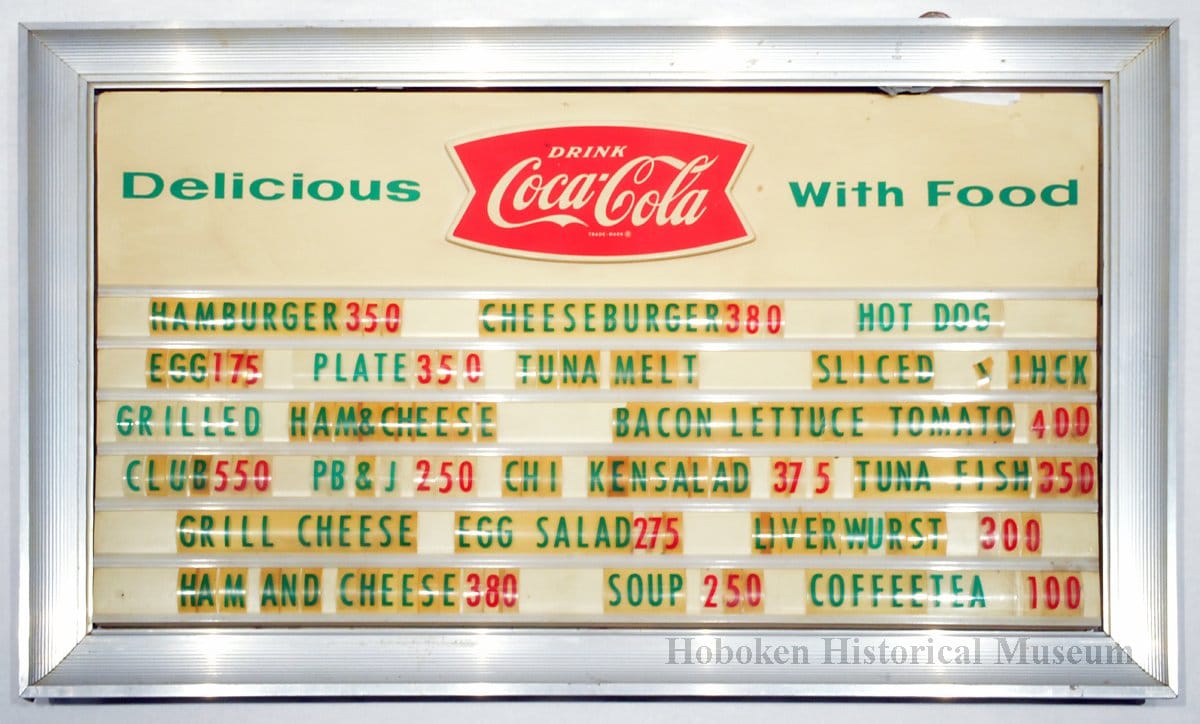
Things got even busier after the school bell rang: “Well, I say when I was young, it was a teenage hangout. Now, it’s a senior citizen hangout,” she said. “But I love that, when they come in, and the whole counter is talking to each other, everybody knows each other and are interested in what’s going on. You know. Where else can you go and have that? And even if you come in here a stranger, you’re not a stranger very long.”
There was never an idle moment for the Schnackenberg family, as nearly everything they served was made on premises by hand, from ice cream to whimsical molded chocolates at Easter and Christmas, and even candy canes. The Museum’s online collections contain several items donated by Betty’s sister Dorothy Novak, including ice cream recipes, invoices for hundreds of pounds of melting chocolate, the original menu from the 1930s, and a menu board that served from the 1950s to 2012, when a hamburger still only set you back $3.50. Some of the Schnackenberg’s artifacts will be included in the Museum’s upcoming exhibition, “The Avenue: A History of Washington Street,” opening August 1, 2021.
While Schnackenberg’s may have vanished, the oral history chapbook, “Schnackenberg’s Luncheonette: Never a Plain Coke,” keeps Hoboken’s past alive through these personal recollections, along with 33 other oral histories the Museum has published since 2000. Check out the full collection online here {with downloadable PDFs}, or stop by the Museum and pick up a print copy for just $3.
About The Museum’s Oral History Project
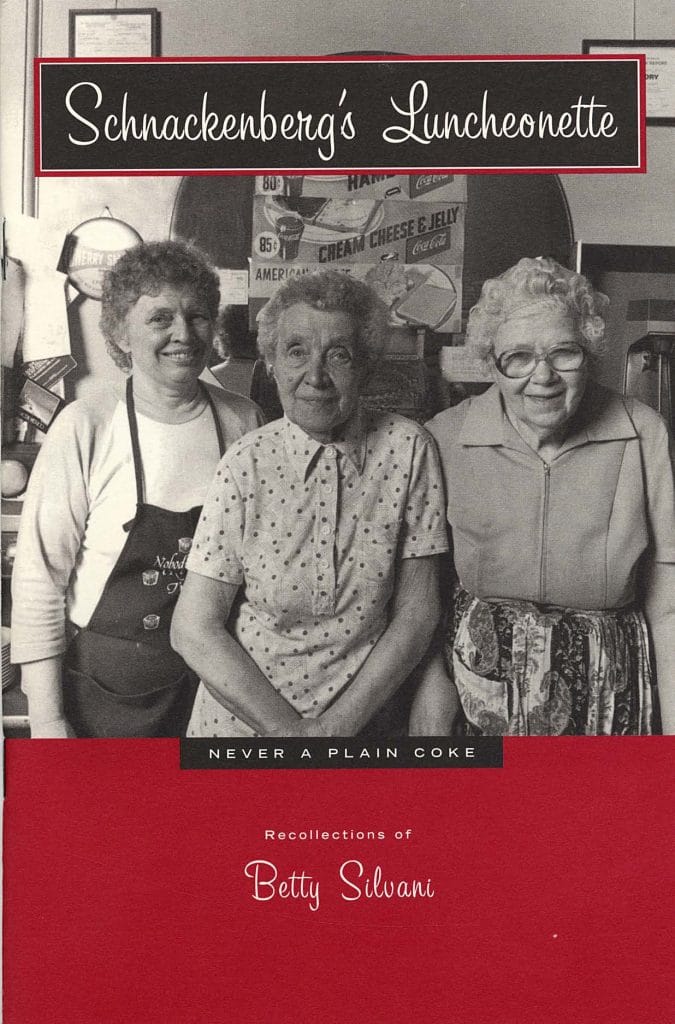
The “Vanishing Hoboken” oral history project began in 2000, the year before the Museum first opened its doors at the Shipyard, April 21, 2001 {now celebrating its 20th anniversary in this space!}. A joint effort by the Friends of the Hoboken Library and the Hoboken Historical Museum, the “Vanishing Hoboken” series was initiated in response to the dramatic physical, social and economic changes in the city over the preceding 20 years.
By the mid-1980s, Hoboken was already well into its transformation from a working-class factory town populated by waves of immigrant families to a largely professional, white-collar bedroom community for Manhattan. In the words of Holly Metz, the series founder and editor: “The project focuses on collecting the oral histories of residents who can evoke Hoboken’s vanished industries…and the ways in which Hoboken’s rich ethnic and cultural diversity was once evident in the everyday life of the city: in traditional businesses and Mom and Pop shops; in leisure and cultural activities; and political and civic activities {election campaigns and political/social clubs}.”
See More: The History of the Madison Bar and Grill {Formerly the Madison Hotel}
Sometimes, what is striking about these chapbooks is not what has changed, but how much of Hoboken’s essential nature endures, or reinvents itself, through wave after wave of newcomers. As a former port city and now a mass transit hub, Hoboken has always been a place for newcomers to build a new life for themselves, forging new lives and friendships in its crowded— but not too crowded — streets.
For a glimpse of Schnackenberg’s — and Hoboken — in the late 1980s, watch “Counter Parts,” a short documentary by Nicole Lucas. The filmmaker interviews founder Dora Schnackenberg, her daughter Dorothy Novak and grandson Mark, and long-time employee Helen Firehock, with a special cameo by the inimitable Mayor Tom Vezzetti, shortly before he died in 1988.


